Many companies are interested in providing services to take passengers into space and bring them back from there for NASA's commercial space program CCDev 2, in which the agency encourages commercial companies to manufacture their own space vehicles, and provide seats in them to NASA
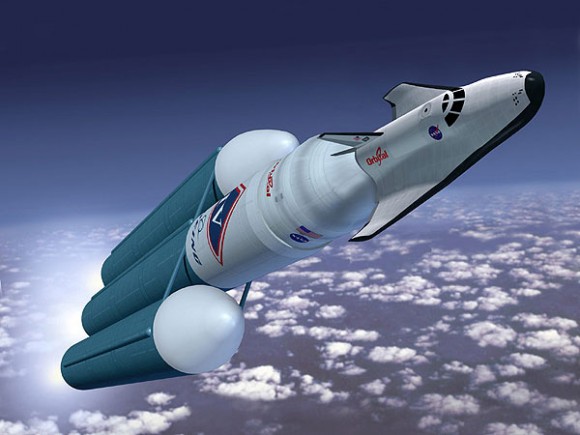
Many companies are interested in providing services to take passengers into space and bring them back from there for NASA's CCDev 2 commercial space program, in which the agency encourages commercial companies to manufacture their own space vehicles, and provide seats in them to NASA. These aircraft are designed to reach objects that are in low orbit. Today it is only about the International Space Station, but planning hotels in space that will provide tourist services to affluent travelers.
One of the first companies to reveal the potential of launches to the International Space Station was Space Exploration Technologies, known by its abbreviated name SpaceX, headed by PayPal founder Elon Musk. It successfully launched the Dragon spacecraft aboard a Falcon 9 rocket on December 8, immediately becoming the first private company to safely return a spacecraft that had landed in the Pacific Ocean after returning from orbit.
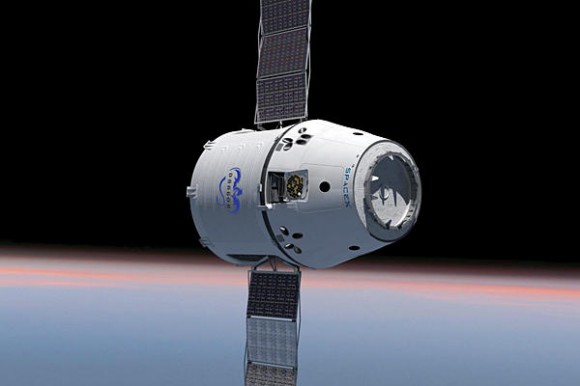
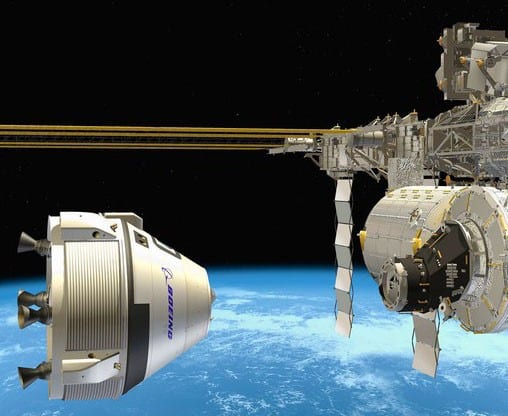
Not only new companies established for this purpose offer the service, also veteran companies in the aviation and space industry that announced in September of this year the space taxi. This is the Crew Space Transportation-100 (CST-100) spacecraft, which is described as having the ability to be used for missions to the space station or to LEO (low earth orbit) platforms. One of the poor aspects of the proposal is that every free seat in it will be offered for sale by the company Space Adventures, which currently flies the front seats in the spacecraft Soyuz the space tourists to the International Space Station.
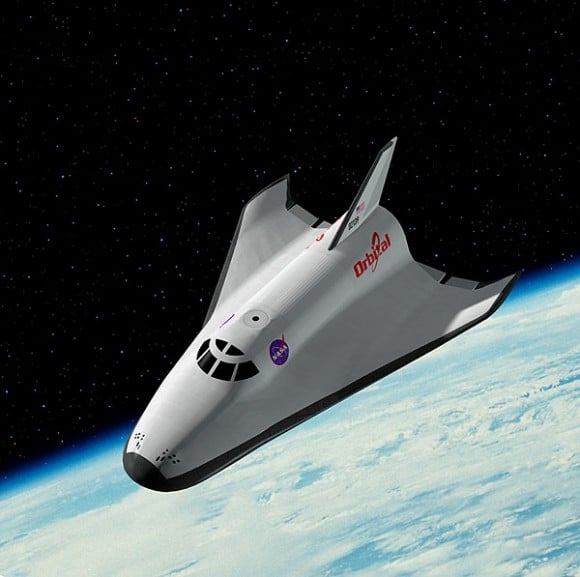
One step ahead is the Orbital Sciences company, which proposed to produce a "mini-shuttle" to transport passengers to and from the orbit, but it turns out that this design is much more complicated and expensive than the other designs. However, the US Air Force successfully launched and landed back after over 220 days in orbit such an experimental spacecraft, X-37B manufactured by Orbital Sciences, which spurs the company to develop a manned version of the space plane. The photos released by Orbital show it being launched into space on a Delta 4 heavy rocket.
Just this month, Virgin Galactic announced that it will develop a space plane that can also reach orbit and not just sub-orbital launch as the spaceship2 spacecraft allows. It appears to be an expansion of the current space plane's capabilities.
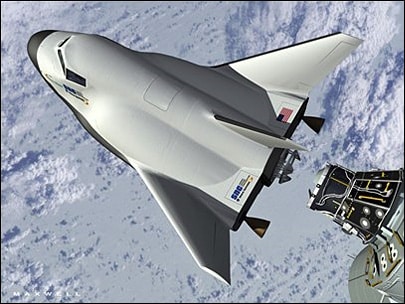
Finally, the Sierra Nevada company also threw its name on the list of bidders to build a winged spaceship. Its space plane, Dream Chaser is similar to Orbital's, and it will also be launched into space on a disposable rocket.
All the companies are competing for a $200 million development budget that NASA has allocated for a program to promote access to orbit. While the Orion spacecraft, manufactured by Lockheed Martin is part of NASA's program, the other organizations hope to demonstrate the viability of their technologies - they can be a source of securing their position in the commercial space market.
For the news in Universe Today
More of the topic in Hayadan:

8 תגובות
Yes but it's still 400km up
This is not the 100 km space limit that Virgin's current spacecraft reaches
The use of the name "space" for the destination of these flights is misleading, it is LEO (Low Earth Orbit), within the atmosphere of NASA and within the gravitational field.
In fact, NASA is starting a process of privatization
And in addition to Shimi's question, if it is a mass phenomenon (a flight to a Bar Mitzvah, a space weekend for the 40th anniversary...) it seems to me that the amount of fuel for each such flight is large, is it possible that this is something significant for the pollution of the atmosphere?
And to think that only less than 4 decades ago no one believed that people would walk on the moon
All of a sudden getting to space is not a dream, I wonder when they will come out with promotions for a ticket for $99
And the less "beautiful" part, all these tools will reach space with the help of disposable rockets, and we are not talking about a launch once a year, in a few years we will reach the situation of hundreds of flights a year, has anyone even brought up the issue of the dangerous garbage it creates? And if so, is he still alive? 🙂
That the big money talks, all the troubles are silent
Oh! Finally you put pictures in normal size...thanks!
LIKE